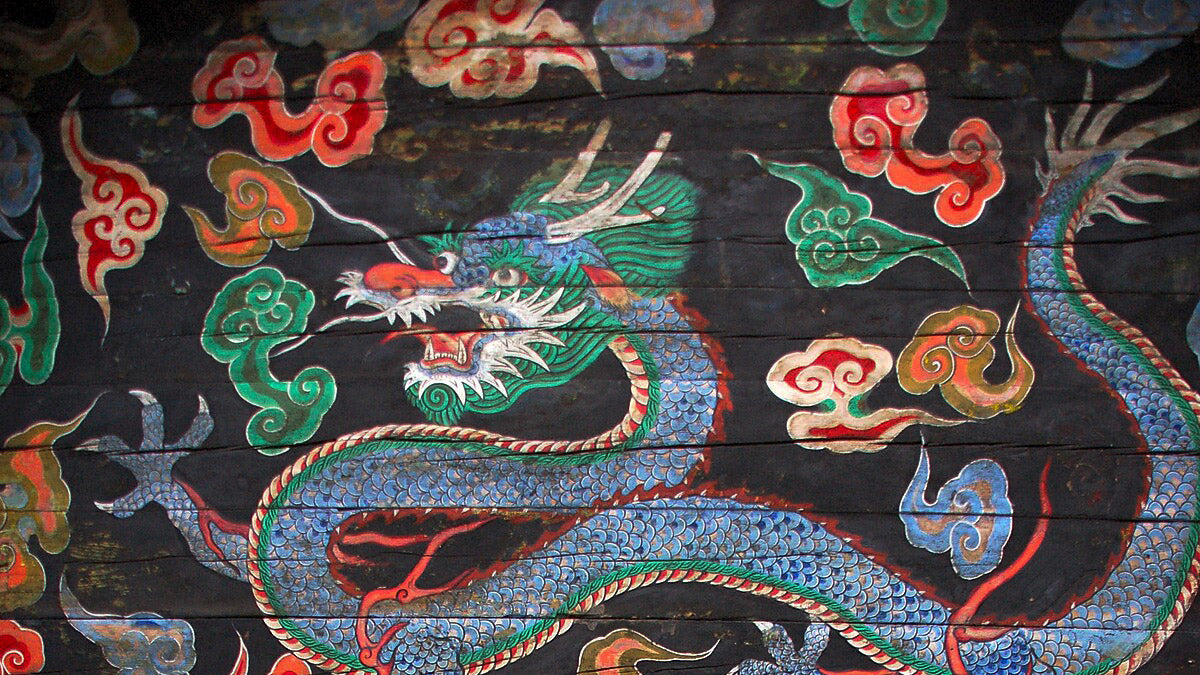The Korean Lunar New Year (Seollal) is right around the corner and for those who celebrate, it is a time to honor one’s ancestry, gather with family, eat traditional Korean food, and more. This holiday is considered one of the most important traditional Korean holidays as families often revisit their hometown to celebrate and bring in the new year together.
It is uncertain as to when Seollal first began, however, researchers speculate it began around the 5th or 6th century during the Three Kingdoms when the lunar calendar was first practiced. At the time, it was one of the nine major festivals that incorporated ancestral ceremonial rituals.
This year 2024, Seollal is special as it welcomes the year of the blue dragon. In Korean mythology, the blue dragon is considered one of the four guardian deities (blue dragon, white tiger, red phoenix, and black tortoise). Known as the guardian of the east, it was considered the protector against evil spirits.

(Starting top left to right) Black Tortoise of the North, Blue Dragon of the East, White Tiger of the West, and Red Phoenix of the South.
It is the dragon to whom the people would pray for good agriculture and rain. Aside from this power, they symbolized good fortune, fertility, and wisdom. Dragon iconography was also depicted within the social hierarchy of the times as it was excluded for only the king and his heir to adorn. Bearing the image of the dragon presented the king as a just ruler. The image of the phoenix was reserved for the queen, and princesses along with royal consorts wore flowers. Those of the court adorned square badges of tigers, deer, geese, and cranes.

(Left) King Taejo pictured in his royal portrait adorning the dragon on his attire. (Right) Scholar-official Ahn wearing his official uniform featuring cranes.
In Korean mythology, there are three types of dragons, yong, yo, and kyo. Yong, the most powerful reside in the sky. Yo are hornless and live in the ocean. Kyo dwell in the mountains. It is said that a yong traveled to the east and grew another claw and if traveled to the east, it lost a claw. Therefore, you can generally find dragons depicted in Chinese paintings with five claws, Korean with four, and Japan with three. Although Korean dragons are depicted with four claws, Korean kings bore the dragon with five.

(Left to right) Chinese dragons on Kesi, Ming Dynasty; “Dragon Amidst Clouds” Joseon Kingdom 19th Century; “Dragon and Waves” by Utagawa Kuniyoshi, Edo period, ca. 1827-31
Although the perception of dragons has changed over time, the presence of dragon iconography remains a staple piece of Korean culture. What’s your favorite Korelimited dragon design?


1 comment
Thanks for sharing your rich culture and amazing history, making your site a lot more than just a shopping destination.
Kind regards and greetings from Greece 🇬🇷.
Leave a comment